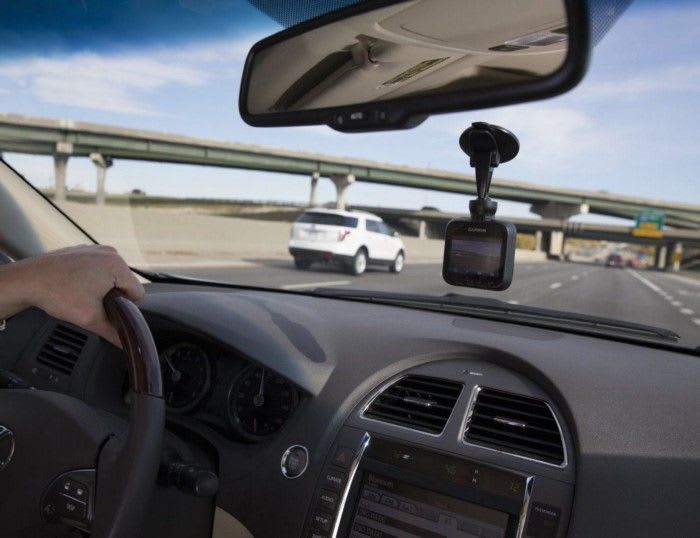Cars, safety, and cameras

A bridge to our autonomous driving future
We’ve talked in previous posts about the challenges autonomous vehicles (AVs) could bring or worsen — traffic, time to market, and ridesharing. However, they’re without a doubt going to make us safer as well. No more car collisions, falling asleep at the wheel, drunk driving or distracted driving. This is a huge achievement, saving over 1.2 million lives a year — over 35,000 in the US alone — not to mention the hundreds of billions of dollars in societal costs. Isn’t that great?
Well, yes. Of course, we want to get rid of car collisions and, undoubtedly, as AVs get broadly rolled out they will impact car collisions statistics. But it will likely take decades before that starts happening. That’s over 20 million deaths and trillions of dollars in costs that we’re allowing while we sit idly by waiting for this change. Can’t we do something in the meantime that will be more scalable, cheaper, and faster to deploy? A bridge of sorts to this future of lifesaving technology?
Let me pose a suggestion.
We could deploy a camera or even a set of cameras on every vehicle driving today that would inform a collision warning software. This camera or set would probably cost no more than a $100 per vehicle. Connecting all the vehicles in a real-time vehicle-to-vehicle network that could prevent collisions beyond the camera’s line of sight might cost another $50–100. Instead of replacing every vehicle with a more than $20K alternative in the next few decades, how about investing less than 1% of that in safety solutions available right now? This could be done at scale and start preventing collisions tomorrow morning.
Many of the auto manufacturers are already building sensors into their designs and many consumers are already accustomed to looking for these features. And by next May, the National Highway Traffic Safety Administration mandate for all new light vehicles to have backup cameras will be in effect. These cameras, by the way are likely to save several dozens of lives annually. So, there’ll already be a percentage of cars on the road that have at least one camera onboard. Add to that the cars using our software that turns your phone into a dashcam and connects you to a network. Then there’s the remaining portion that would be able to buy affordable camera options from and software subscriptions combined for likely less than that $200 total I suggested. Insurance companies and municipalities might even provide incentives so that they can decrease incidence rates or gain insights into what typically causes accidents. We learned a lot internally from reviewing all our footage from New York City accidents this past year.
Sure there will be concerns voiced about privacy and freedom from having your driving monitored before the wheel is out of your own hands, down the road. However, we’ve already gotten accustomed to having some cameras and sensors integrated into our cars and conveniently tell us when we’re too close or in danger of bumping into something. Now imagine if that was at high speeds on a freeway or while you were about to make a turn at a light? Helpful, no? Beyond helpful to the person about to cross the street with a stroller or the driver in the car next to you wanting to change lanes at the same time as you. Once that human life, possible injuries, and the costs of that accident or hospital visits sink in, we think everyone will consider it beyond worthwhile to connect those in-car cameras and networks until AVs take over the wheel for us.
Next week we’ll take a look at how this bridge and fully autonomous vehicles are likely to shape our cities.

